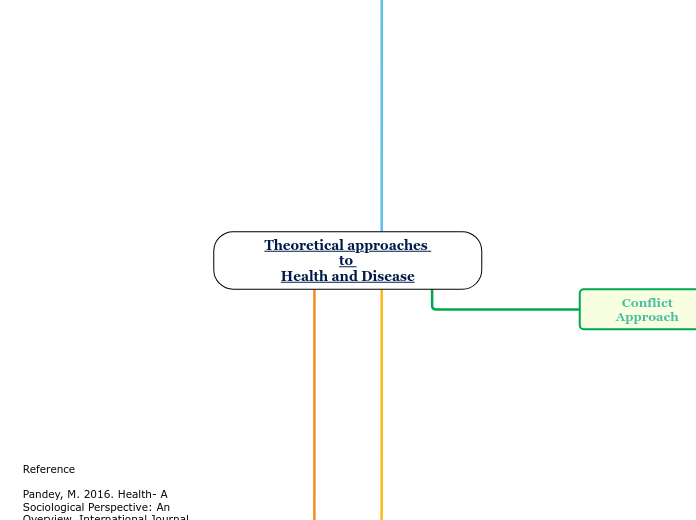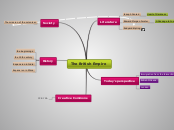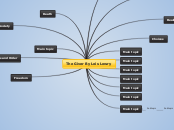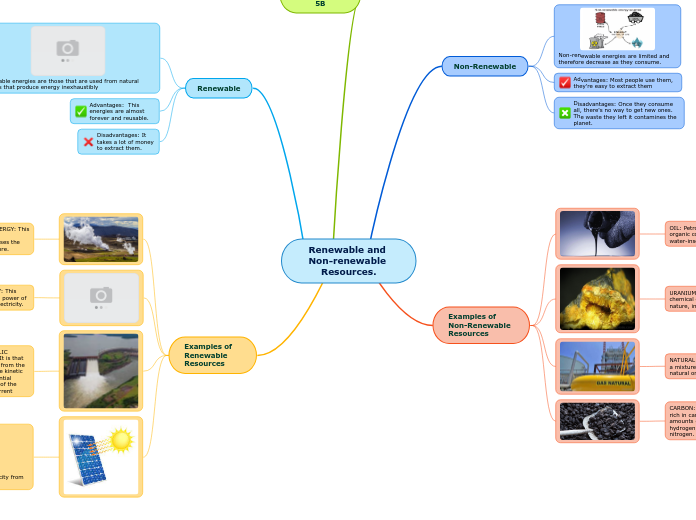a Nomathemba nonkululeko Nonkululeko 1 éve
83
Theoretical approaches to Health and Disease
The conflict approach to health and disease underscores the competition for limited resources, such as wealth and leisure, among individuals and groups in society. This perspective highlights how social inequality influences health outcomes and access to healthcare.









